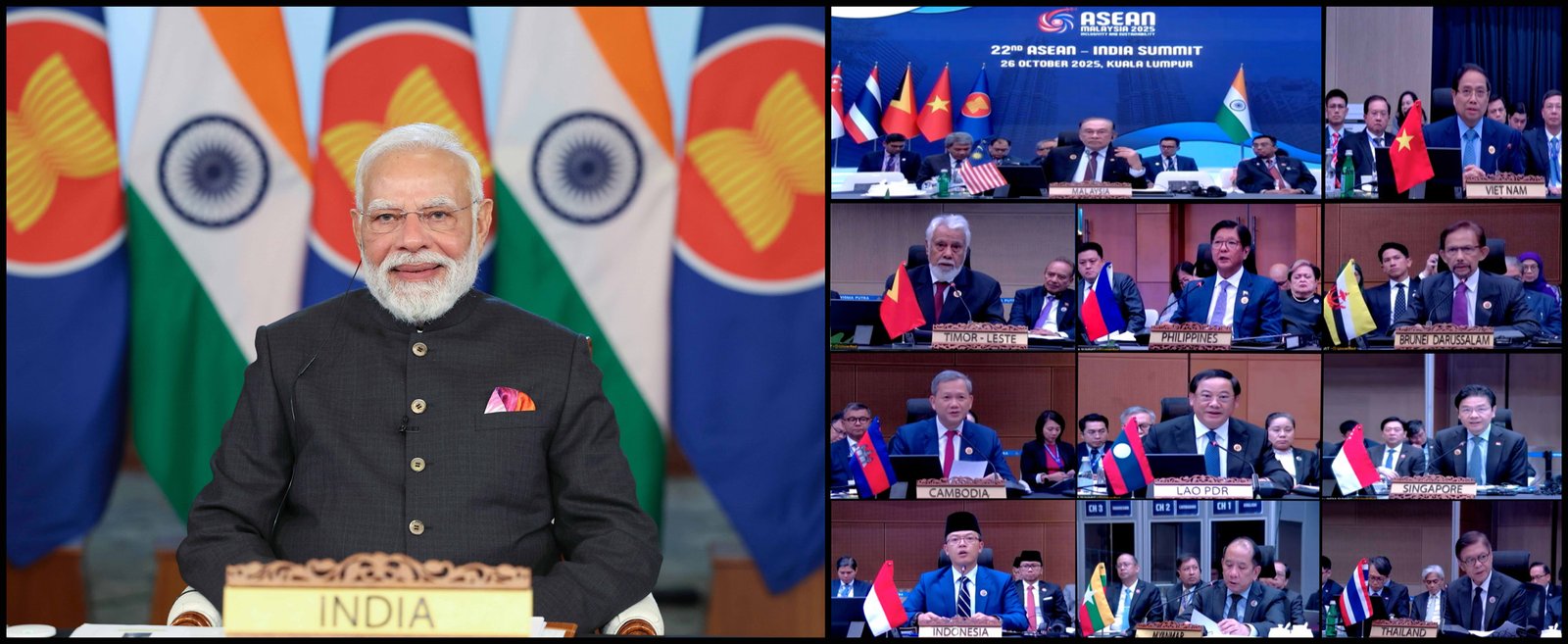Why in the News?
- A new study published in The Lancet shows a striking contrast: while cancer incidence and mortality rates are declining globally, both are rising in India.
- This indicates a growing public health challenge for low- and middle-income countries (LMICs) like India, where health systems are not fully equipped to handle the rising burden.
Key Highlights
- Global Decline Since 1990
- Cancer incidence globally fell from 6 per 100,000 (1990) to 205.1 per 100,000 (2023) and is projected to decline further to 192.9 per 100,000 by 2025.
- Cancer mortality also declined worldwide from 7 per 100,000 (1990) to 114.6 per 100,000 (2023) and is expected to drop to 107.9 by 2025.
- This decline reflects better prevention, early detection, and improved therapies in high-income countries (HICs).
- The Indian Contrast
- Incidence in India rose from 8 per 100,000 (1990) to 107.2 per 100,000 (2023) → about 15 lakh new cases annually.
- Mortality in India increased from 7 per 100,000 (1990) to 86.9 per 100,000 (2023) → about 12.1 lakh deaths annually.
- Thus, while the global curve bends downward, India’s curve bends upward, signalling systemic vulnerabilities.
- Future Projections (2050 Outlook)
- Globally, cancer cases will rise to 30.5 million and deaths to 18.6 million by 2050.
- This increase is not due to higher risk per person but due to population growth and ageing.
- LMICs like India will bear the disproportionate share, with over half the new cases and two-thirds of deaths expected here.
- Why India is More Vulnerable
- Screening programmes are present but focus mainly on detection, not comprehensive diagnosis and treatment.
- Awareness is low, with myths delaying care-seeking.
- Cancer is multi-organ in nature, but interventions have been oncologist-led only. Multi-specialty and multi-stakeholder engagement is missing.
- Health systems remain underfunded, leading to late detection, high costs, and poor survival outcomes.
- The Role of Modifiable Risk Factors
- Globally, ~42% of cancer deaths are due to modifiable risks.
- In India, the number is far higher: ~70% of cancers can be linked to risks that are preventable.
- Common Indian risk factors:
- High tobacco use (smoking + chewing tobacco).
- Infections (HPV, Hepatitis B, H. pylori).
- Rising obesity and diabetes.
- Air pollution as an additional risk.
- This suggests that behavioural and policy interventions could significantly reduce India’s cancer burden.
Key Terms
- Cancer Incidence: Number of new cancer cases per 100,000 population in a given time. Tracks disease trends.
- Cancer Mortality Rate: Number of cancer deaths per 100,000 population. Reflects both disease burden and system efficiency.
- Global Burden of Disease (GBD) Study: Large research programme providing data-driven estimates of diseases and risk factors, used by policymakers.
- Modifiable Risk Factors: Risks that can be controlled/changed (tobacco, alcohol, obesity, infections, pollution).
- Non-Communicable Diseases (NCDs): Chronic, non-infectious illnesses like cancer, diabetes, heart disease, respiratory diseases. Major focus of SDG 3.
Implications for India
- Public Health Challenge: Rising cancer cases could overwhelm India’s already strained health system.
- Economic Costs: Cancer care is highly expensive, pushing households into catastrophic health expenditures.
- Equity Concerns: LMICs like India face higher mortality rates due to limited access to advanced therapies.
- Preventive Opportunity: Since 70% of cancers are linked to modifiable risks, India has a window for prevention.
- Global Commitments: If unchecked, cancer could derail India’s targets for Universal Health Coverage (UHC) and SDG 3 (Health & Wellbeing).
Challenges and Way Forward
| Challenges | Way Forward |
| Rising cancer incidence and mortality despite global decline | Scale up early detection, diagnosis, affordable treatment infrastructure and integrate palliative care. |
| Over-reliance on screening programmes | Shift towards comprehensive cancer care with continuity in diagnosis, treatment, follow-up. |
| High prevalence of modifiable risk factors (tobacco, obesity, pollution, infections) | Enforce tobacco/alcohol control, expand vaccination (HPV, Hep-B), strengthen NCD management, and tackle pollution. |
| Low awareness and myths delaying treatment | Launch year-round awareness campaigns to encourage early consultations. |
| Weak health system capacity in LMICs | Increase public investment in healthcare, build regional cancer centres, and promote public-private partnerships. |
Conclusion
While India is witnessing a rising cancer burden, this challenge also presents a transformative opportunity. With nearly 70% of cancers linked to preventable factors, India has the chance to turn the tide by strengthening awareness, promoting healthier lifestyles, and embedding prevention into public policy. A multi-stakeholder approach—involving government, medical professionals, communities, and individuals—can build a resilient health system that goes beyond treatment to emphasize early detection, affordable care, and long-term survivorship support.
If India invests today in prevention, research, and health system strengthening, it can not only reduce future cancer cases but also emerge as a global example in combating non-communicable diseases (NCDs). Far from being an impending crisis, the fight against cancer can become a story of resilience, innovation, and public health leadership for India.
| EnsureIAS Mains Question Q. Despite a global decline in cancer rates, India continues to see a rise in incidence and mortality. Examine the reasons behind this trend and suggest a multi-pronged strategy to address the growing cancer burden. (250 Words) |
| EnsureIAS Prelims Question Q. Consider the following statements regarding cancer trends: 1. Globally, cancer incidence and mortality rates have declined between 1990 and 2023. 2. In India, cancer mortality rates decreased during the same period. 3. Around 70% of cancer cases in India are linked to modifiable risk factors such as tobacco use, obesity, and infections. Which of the above statements is/are correct? (a) 1 and 2 only (b) 1 and 3 only (c) 2 and 3 only (d) 1, 2 and 3 Answer: (b) Explanation: Statement 1 is correct: Both global cancer incidence and mortality rates declined. Statement 2 is incorrect: In India, mortality increased (71.7 → 86.9 per 100,000). Statement 3 is correct: About 70% of cancers in India are linked to modifiable risk factors. |
Also Read | |
| UPSC Foundation Course | UPSC Daily Current Affairs |
| UPSC Monthly Magazine | CSAT Foundation Course |
| Free MCQs for UPSC Prelims | UPSC Test Series |
| ENSURE IAS NOTES | Our Booklist |





